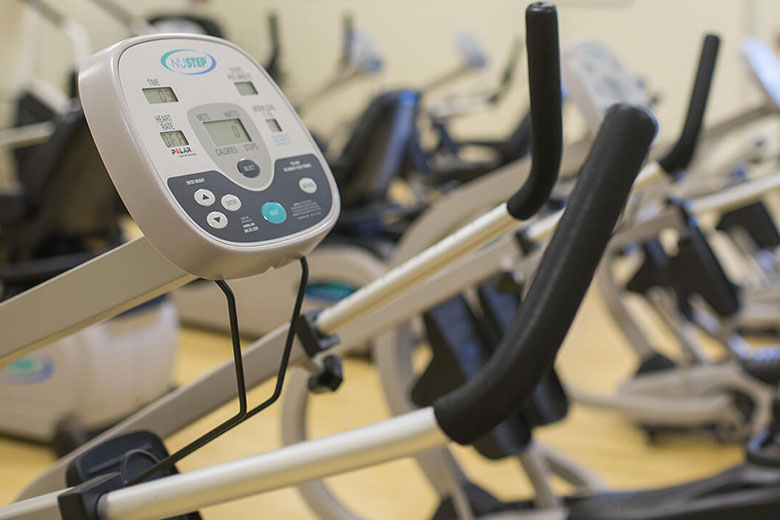Spinal Surgery
Appointments
Surgical Treatment for Spinal Conditions
Lahey’s Departments of Orthopaedic Surgery and Neurosurgery collaborate to provide the best in spine care and spine surgery. In general, the Department of Neurosurgery takes care of patients with neurogenic back pain, neurologic disorders related to the spine and clinical conditions that compress the spinal cord or nerve roots. The Department of Orthopaedic Surgery has primary responsibility for mechanical spine pain, spinal instability, and disruptions of the spine due to trauma or tumor.
The Departments of Orthopaedic Surgery and Neurosurgery work very closely to provide spine care for patients, and also collaborate with the Departments of Rehabilitation Services and Neurology to provide optimal patient care. In addition, a physiatry service is offered through the Department of Neurology.
- Spinal fixation systems, or segmental fixation of the spine, which originally used the Cottrel-Dubousette system, and now, the more modern titanium systems; performed at Lahey since 1986
- Lateral mass plate fixation of the cervical spine
- Percutaneous discectomy for disc space infection and discal biopsy
- Anterior lumbar interbody fusion for instability; currently under Institutional Review Board (IRB) study of two different cage techniques, the BAK screw-in style versus a titanium ring prosthesis
- Posterior lumbar interbody fusion using a new, low profile cage compared to a standard bone graft fusion
- Vertebroplasty for reconstruction of osteopenic compression fractures
Under the leadership of Mary Murphy, MS, RPT, the Spine section of the Department of Orthopaedic Surgery offers patients advanced physical therapy services.
Lahey Hospital & Medical Center’s Spine Center team currently performs 800 to 900 spine surgeries per year, making ours one of the busiest programs in the Greater Boston area. We offer expertise in a broad range of procedures:
Discectomy
A herniated or ruptured disc is removed from the cervical spine (neck) or lumbar spine (lower back) to eliminate pain associated with the damaged disc pressing on sensitive nerve tissue. All discectomies-whether cervical or lumbar-are performed microsurgically through small incisions.
Laminectomy
Bone in the back portion of the spine is removed to relieve pressure on the spinal cord or nerve roots. It is most commonly performed to alleviate leg pain caused by a herniated disc (a rupture of the tissue that separates vertebrae in the spinal column) or spinal stenosis (narrowing of the spaces in the spine).
Fusion
A procedure in which two or more of the vertebrae (bones) in the spine are joined together to immobilize that portion of the spine.
Disc replacement
A novel procedure where an artificial mechanical disc is used to replace the damaged or degenerated disc in order to preserve motion and avoid fusion.
Minimally Invasive Procedures
Surgeons make small incisions in the back, chest or abdomen to access the spine, and then specialized video cameras and instruments are inserted to help guide the surgery. Minimally invasive surgeries offer patients a number of benefits including less blood loss during surgery, smaller scars, reduced postoperative pain, and shorter hospital stays and recoveries. At Lahey, we offer the following minimally invasive spine surgeries:
- Laparoscopic fusion
- Percutaneous fixation
- Spinal cord stimulation
- Stereotactic radiosurgery
- Thoracoscopic sympathectomy for hyperhidrosis (surgery to treat excessive sweating)
- Vertebroplasty
Minimally Invasive Lumbar Decompression
“MILD”, or minimally invasive lumbar decompression, is a procedure indicated for ligamentous hypertrophy (thickened ligaments) causing neurogenic claudication (leg muscle fatigue and heaviness) from spinal stenosis. Typically, stenosis causes pain with standing and walking, which improves with sitting. The procedure is performed in the operating room, under IV sedation and involves minimal recovery time. It is an alternative to epidural steroid injections and open, more invasive lumbar spine surgery. This procedure does not preclude open surgery later on, if needed.
Intraoperative Monitoring
At Lahey Hospital & Medical Center, a neurophysiologist conducts intraoperative monitoring throughout surgical procedures to measure spinal cord and nerve root function. This state-of-the-art monitoring helps guide the neurosurgeon and prevents neurologic injury from occurring.

